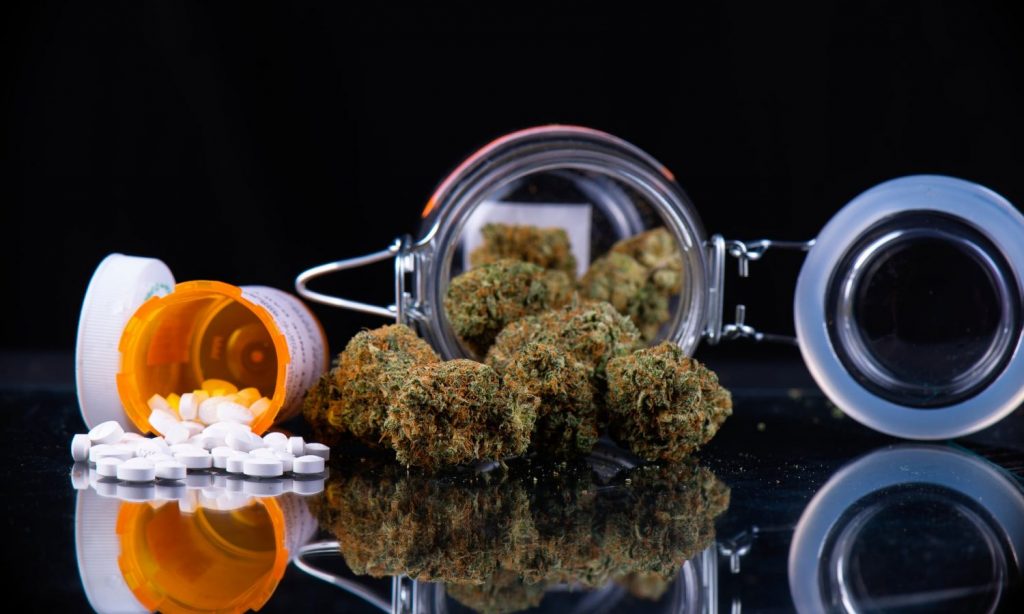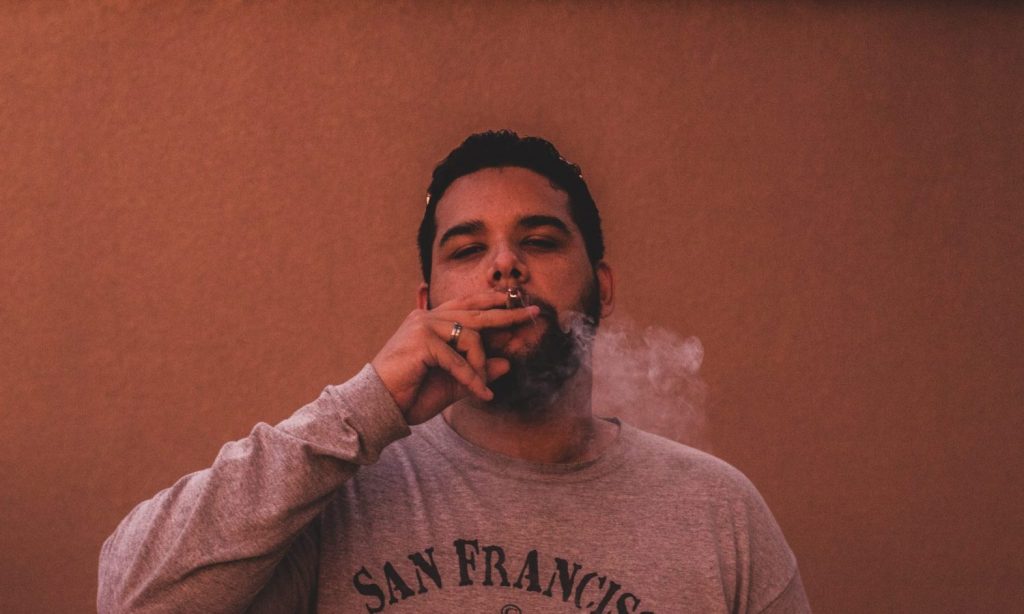
Is marijuana the panacea we want?
From Dr. Mark Calarco, National Medical Director for Clinical Diagnostics at American Addiction Centers.
Once considered the drug of choice for laid-back stoners (think Cheech & Chong), marijuana has gained a new reputation as a panacea for everything from chronic pain and epilepsy to minimizing Alzheimer’s, Parkinson’s, and more PTSD symptoms, chemotherapy side effects, and anxiety. In fact, in 2018 the FDA approved the drug Epidiolex (cannabidiol), a cannabis derivative, for certain types of seizure disorders. While cannabis and its derivatives were once stigmatized as a “gateway drug,” they are now legal for medical and / or recreational use in 47 states. Interestingly, this directly violates federal law that still classifies marijuana as a List I controlled substance.
With such a controversial substance, it’s no surprise that there is an overwhelming amount of conflicting information about the benefits and risks of marijuana – both documented and perceived. The truth is, it’s a strong catch-22. While some data shows that marijuana can be beneficial, it is certainly not a panacea, nor is it a risk.
Photo by Christina Winter via Unsplash
To shed some light on the cannabis debate, here are some facts you should know:
- Marijuana may have helped curb the prescription of opioids. Numerous studies show that states where marijuana is legal for both medical and recreational use have significantly lower opioid prescribing rates. In addition to requiring fewer opioid prescriptions, patients completed fewer daily doses – up to 2.211 million fewer daily doses in states with a Medical Cannabis Law (MCL) 2010-2015. This applies in particular to hydrocodone (Vicodin) and morphine, for which 26.8% less and 20.7% less daily doses were filled.
- But it didn’t contain the opioid overdose epidemic. While early research examining 1999-2010 data suggested that states with MCLs had nearly 25% lower annual mortality rates from opioid overdoses, more recent data suggests that it may have had the opposite effect. When Stanford researchers took a more in-depth look at 2017 in 2017 – including the states that had legalized medical marijuana since the original study – the trend actually reversed, with overdose deaths 23% higher in states with MCLs during this period.
- Marijuana could be an alternative to opioids for pain management. There is some evidence that medicinal cannabis can be beneficial in managing chronic pain. While it’s unlikely that it won’t be enough on its own, marijuana could be an additional treatment that allows people to use less opioids. In some studies, the use of medical cannabis resulted in 64% lower opioid use, and 40% of patients even stopped filling opioid prescriptions within 18 months. Patients who have seen the benefits of medicinal cannabis mostly report that cannabis provided relief comparable to other drugs, and over 80% said cannabis alone was more effective than taking cannabis with opioids in treating their condition.

- But it could cause other problems. Other studies have directly disproved these claims, showing no evidence that cannabis use improved patient outcomes; on the contrary, patients experienced greater pain and were less effective at self-treating pain. Even more worrying compared to opioid use alone, it has been shown that concomitant use of opioid / cannabis contributes to greater symptoms of anxiety and depression, along with problems with tobacco, alcohol, cocaine, and sedative use.
- Marijuana is perceived as “safer”. The only clear benefit of marijuana is that it prevents a patient from overdosing and dying like opioids would.That being said, studies have shown that patients with medical cannabis have fewer side effects than those with opioid use, which contributes to improved quality of life and more social and physical activity for patients. And for years it has been believed that marijuana is less physically addictive than other drugs, adding to the notion that it is a “safer” drug with less stigma.
- However, there is some evidence that this may make some more susceptible to consuming other substances. While not as addicting as heroin or cocaine, some people develop addiction to marijuana, which leads to withdrawal symptoms. This is more common in people who are already on the addictive spectrum, who have a propensity to become addicted, or who have hereditary, familial, or environmental factors that put them at higher risk for substance use. There is also evidence that marijuana use is also clearly linked to an increased risk of other substance use disorders. In addition to an alcohol use disorder, adults who use marijuana are 85 times more likely to use cocaine, and nearly 45% of cannabis users have switched to other illegal drugs at some point in their lives. Those who start using marijuana as children are 17 times more likely to develop cocaine habit, almost 60 times more likely to use other illegal drugs, 2.4 times more likely to have alcohol addiction, and are significantly more likely to commit suicide commit. With more information about the personalized genome and how certain people respond to other drugs, we may be able to determine how the patient would respond to medical marijuana treatment. But without what’s available now, it’s just trial and error.

With all the controversy and conflicting information, it’s understandably difficult for most people to make an informed decision about whether marijuana is the next medical breakthrough or another unfortunate attempt at a magic bullet. We must also keep in mind that cannabis is not only addictive in some people, depending on their genetic makeup, but can also lead to psychiatric symptoms such as paranoia and schizophrenia-like behavior. It is important that we understand how people process or metabolize marijuana and its derivatives. Without further research in the area, it’s still a guessing game of effectiveness and safety.
RELATED: Science Still Is Confused About Whether Marijuana Can Tame The Opioid Epidemic
To make matters worse, because of strict government regulations and the fact that marijuana is still a Class I controlled substance – illegal, the federal government believes – it is extremely difficult to conduct adequate clinical research. It also makes doctors reluctant to recommend it for fear of losing their Drug Enforcement Agency approval.
Not to mention that there are no regulations standardizing growing, preparation, and dispensing / dosing guidelines (pesticides, mold, and other contaminants were all problematic) this could potentially be a serious safety issue. Are you getting what you think you are getting There is really no way to be sure.
All of these indicate a “buyers watch out” situation and should be a warning to anyone using or considering marijuana for medicinal or recreational purposes.
This article originally appeared on Benzinga and was republished with permission.

Post a comment: